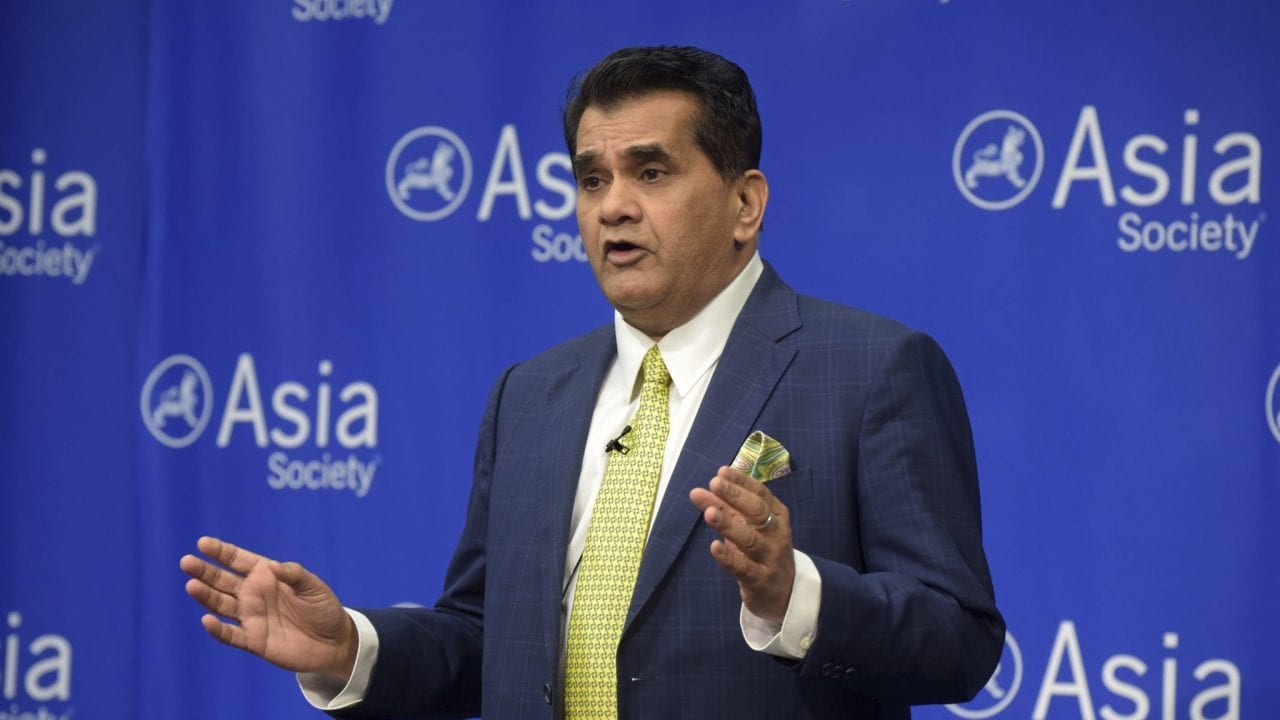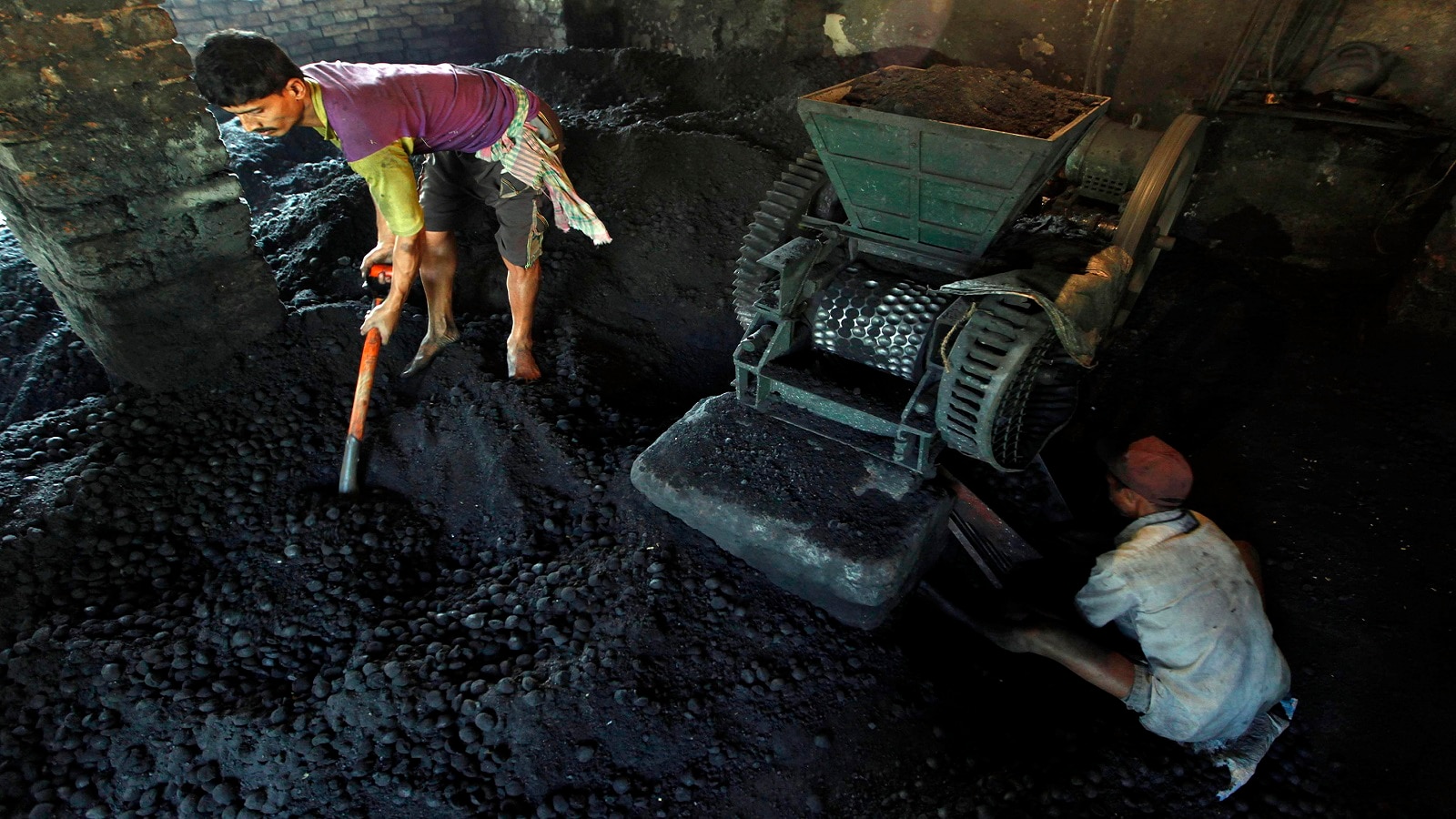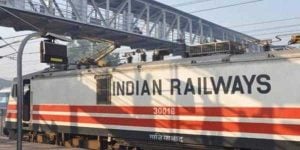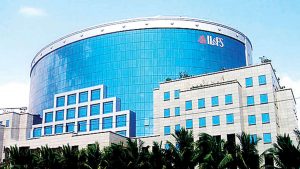Government’s move to de-escalate its stand-off with RBI is very positive, says former central bank governor Bimal Jalan
Summary
Amid reports of its mounting tension with the Reserve Bank of India (RBI), the finance ministry on Wednesday said the government has “nurtured and respected” autonomy of the central bank and has been holding extensive consultations with it on many issues. “The autonomy for the central bank, within the framework of the RBI Act, is …
Amid reports of its mounting tension with the Reserve Bank of India (RBI), the finance ministry on Wednesday said the government has “nurtured and respected” autonomy of the central bank and has been holding extensive consultations with it on many issues.
“The autonomy for the central bank, within the framework of the RBI Act, is an essential and accepted governance requirement. Government of India has nurtured and respected this,” it said in a statement.
The government has also for the first time ever used a provision of law to ask the RBI for resolution of differences between them on stressed loans in power sector and other issues, sources privy to the development said.
CNBC-TV18 spoke with Bimal Jalan, former RBI governor; Arvind Virmani, chairman, EGROW; Ananth Narayan, professor, SPJIMR; SS Mundra, former deputy governor, RBI and Yashwant Sinha, former union finance minister, on this issue.
Watch: RBI vs government: Here is what experts have to say
Jalan said the government seeking to de-escalate its stand-off with the RBI is a very positive and very welcome move, “What was going on for the last two three days was a matter of concern and that I hope now will start on a new path as it were.”
Narayan said, “Today’s communication was clearly welcome. The fact that we haven’t yet crossed the brink, we are still at a negotiating table in some sense is extremely welcome news and the markets obviously also welcomed it.”
Edited Excerpts:
You must have seen the letter. What are your first thoughts – do you think it’s a good end to what would have been ugly?
Jalan: It is very positive and very welcome. What was going on for the last two three days that was a matter of concern and that I hope now will start on a new path as it was.
Could both sides have deescalated it earlier- you have seen the RBI for 4-5 decades. Consultation under Section 7 is avoidable you thought?
Jalan: I don’t want to comment on the earlier differences which emerged. I won’t comment on who is wrong and right and so on. But the more important thing is there was a difference of views and that was aired in public, which was a matter of concern but now that the government has announced that everything is resolved in terms of two institutions talking to each other that is a very welcome step.
Any further comments on the prompt corrective action (PCA) into which weak banks were put. We are given to understand that MSMEs and SMEs need capital and government wanted those rules relaxed – any thoughts on this the RBI did not want weak banks to be allowed to lend to companies below A rating, was that the right way to go?
Jalan: I don’t want to comment on the right way to go. The only comment I can make is as far as SMEs are concerned and it is most important that they have accessible credit and we have to analyse the reason why there was a problem in terms of repayment and so on and then take a measure.
On the other issue any thoughts, the RBI’s capital – the central bank’s position I would assume would have been that this is retained earnings over many years and therefore should not be spent in one-year but the government would perhaps want to for capitalising banks or for other social purposes. Should the RBI’s capital be touched?
Jalan: I don’t think you should put it as capital being touched. I think it’s like any other institution, the RBI when it has a surplus cash or whatever they may transfer it to the government in terms of dividends as you have seen. It has capital, it has high reserves, so it can transfer to the government as it wishes in consultation with the government.
Do you think the problem is over and now the two sides will work constructively or do you think that it is only an escalation of an overt drama but the tug of war for capital will continue?
Virmani: I think it provides an opportunity. So it is more like an opening, like you said, but I am hopeful that it will be utilised. However, the question is how it is to be utilised and one needs to go back and think how things were done earlier.
As I mentioned yesterday, there are mechanisms which were evolved in government and in the RBI for dealing with contentious issues which have some technical basis. Obviously, if it is purely ego or purely something else, that has no solution. However, I do not think it is only that.
Let me make a general point. What I am saying is when there is some substantive basis, technical or professional basis, and I am not speaking by theory, I know of many such examples from the history where it is a question of attitude. If one side has only an ideological basis and the other has only a political, there is no solution.
That is what I mean by the general comment of stick to your views. However, there are many things which have a genuine technical disagreement and so the best way to do that is to set up a mechanism, a committee has often been used in the past where technical and professional people are heavily representatives but also has stakeholders who can speak and give their point of view.
However, there is no way – you will always get a confrontation if you take an ideological or political view but you can get solutions if you say okay there are these differences of approach and let us go into the technical issues and try to resolve them.
The government has said that it respects the autonomy and for the moment it looks like a de-escalation. But the issue still has two sides. Do you think this stand-off is over?
Narayan: Today’s communication was clearly welcome. The fact that we haven’t yet crossed the brink, we are still at a negotiating table in some sense is extremely welcome news and the markets obviously also welcomed it.
Couple of points to keep in mind one is the government statement does not mention that they have not taken use of section 7 so which means that remains un-denied. Also, the entire rumour about the governor putting in his papers or a change of guard at the RBI has not be denied. Now if your other news about the three letters to the RBI under section 7 is actually true it just tells you why Viral Acharya probably made that speech on Friday and the red lines have been drawn very clearly in that speech where they are saying effectively that they will not give way on any of the issues that you have mentioned including the use of reserves or PCA or forbearance on loan losses and so on so forth. Which means that the standoff in effect continues and somebody has to back off.
The point that Arvind Virmani was making which was that if you have an ideological position versus a political position there has to be a meeting around somewhere. One just hopes that given that we have an opening right now both sides sit down and hammer out a compromise of some kind because this kind of a confusion is something we can do without.
We have enough problems of our own. The world is also looking pretty uncertain. The last thing we want is investors globally questioning whether institutions in India works or not.
So the solution would be appointing a high powered committee and going into the issue of reserves, you think that would be a way out?
Narayan: Reserves is an involved topic. Irrespective of how strongly you feel about your point of view you have to understand that dipping into reserves is something which will raise eyebrows, which means it has to be kept above aboard. You have to have a public dialogue, allow academics, allow other practitioners, allow investors in the world to weigh in and offer suggestions on what really is the right way forward.
If you do it in a precipitated manner which looks like suspiciously trying to fill a fiscal deficit hole prior to elections you will raise the worst kind of suspicions in people’s mind. I mentioned yesterday as well I think there is merit in the argument that the RBI has excess reserves on its balance sheet. Having said that I don’t believe that should be an excuse for the RBI to actually monetise the fiscal deficit right now and pay a cheque to the government. It is an involved issue and such an involved issue cannot be decided in a precipitate manner without debate.
The other important issue of PCA, the statements we get from the government, well not quite on the record statement but off record statements, are that we were not consulted on PCA. What do you have to say on that? This is an RBI terrain, they make rules on classification of NPAs, would it even have occurred to them to consult the government?
Virmani: On reserves, I had said yesterday that there is a compromise solution which does not involve affecting negatively the market but actually could be positive and Professor Ananth Narayan also agreed with that.
On PCA, what I mean by an ideological position, we may all agree that this is the final goal, that should have been agreed like 5-20 years ago. However, in a situation where there is global uncertainty, one cannot insist that just because I have come to this conclusion today, everything must be done within the next one year. That is not how the real world works I am afraid. So when I say compromise, I am not saying compromise on the basic technical issues, but in making adjustments.
In having a transition, we all the time used to make compromises. That is how the real world works. So, again, let me be very clear, when you make a compromise, you are not compromising on fundamental, technical issues, but if there is a difference of technical opinion or if you are transitioning to something which may be ideally correct, you have to take account of the current circumstances.
We have been speaking about the reserves issue, on the PCA issue, the RBIs argument has been that they have had three thresholds, one on capital, one on net NPA going above 6 percent, and two consecutive years of negative RoA. The government’s position is all over the world you only have capital as a filter, and Indian banks have BASEL required capital and therefore the PCA is more rigorous than the rules followed globally. The RBIs position has been that net NPA becomes important because world over for an NPA you provide 100 percent in the first year, Indian banks provide only 15 percent. So they are undercapitalised and, therefore, we have to use net NPA as one of the filters. Do you see a meeting ground over here or just a continuation of the conflict?
Narayan: I tend to agree with Arvind Virmani again, I think there is a meeting ground possible. One thing which beats me is why does not the government just infuse capital as it has always indicated it will into the banks, particularly into the PCA banks? We had that old one year back plan for Rs 2.11 lakh crore infusion, that has not been completed.
If there is a shortfall beyond that for whatever reason, we know what the methodology which can be used is, infuse the capital, maybe increase the amount of provisions in the books of the PCA banks as well to some extent, and take a waiver of this two year return on assets requirement and move on.
The point is if you try and push the RBI and the regulator for forbearance at this point in time, you are not really fostering confidence in the banking system. If the regulator has made a stand and said I am not really comfortable with the capitalisation, bring the capital in, it is your bank after all, you know what the methodology is, you have the confidence, bring the capital in, initiate reforms under the PJ Nayak Committee recommendations and let us move on. I think there is a meeting ground absolutely possible.
Let me look at the same problem from another angle. Yesterday and this is on the record, the finance minister was blaming the RBI for the NPAs created from 2008 to 2014. We had a blistering credit growth and why didn’t the RBI stop it? I would assume the RBIs argument today would be that part is not there in the public domain, the argument could be that those loans were lent recklessly and we are harvesting infrastructure NPAs. Now you are asking us to lend to SMEs and the future RBI Governor will be told those NPAs were created because you shut your eyes at that time and that is why today we are standing our ground. Yes, those NPAs were created but we are not going to allow future NPAs in the SME, MSME, power and other sectors. Even this does not look like any meeting ground to me, does it look to you?
Virmani: Professor Ananth Narayan and I are on the same page. Let me give you a specific suggestion. Exactly what he said, if the capital adequacy, if your argument is that 15 percent is too low, so say it has to be raised to 20 percent in six months, 25 percent next year or whatever. The question is do you want to solve the problem or do you want to create a crisis. Then you can get rid of the third thing. If the government is insisting, we do not want to have the third item, you play it within the first two.
What does it look like that the government was about to resign and it kind of prevented that stand-off by putting this press release, is that the way we have to understand it?
Mundra: At the outset let us be very clear and understand that we are discussing presently on a lot of assumptions. We are discussing on the assumption that three such letters were issued and we are also discussing on the assumption that it was perceived in the RBI that ultimately these letters will take the shape of direction and hence that given speech.
The letters are not an assumption and the letters referring to Section 7 are not an assumption?
Mundra: Is it a certain fact that letters were issued referring to or invoking the regulation 7 and if you say that letters were like that. I would like to explain that these are not new issues. These issues were in discussion for quite some time, last week one or other issue was under discussion.
So now, I am trying to build a scenario assuming that when that kind of discussions whether they were formal or informal they were not leading to a communication or discussion.
The essence of consultation is that you start a formal process of consultation and after that there can be three outcome: either you believe the stand of other party or your stand is accepted or things are not settled and the process of consultation may continue. These are the three possible outcome. What we are discussing today looks more likely the third situation.
So you think the RBI’s capital reserves will be handed over, part of it will be handed over, and you think that will be resolved?
Mundra: This will be too much of assumption to make. I am simply making a point that from the sequence of event, it looks to me that consultation has still not reached to a definitive state.
But still since consultations are one it can result into one of the two situation that either it is completely accepted, not accepted, partially accepted or it is also possible that they may decide to put few technical people to discuss on the issue and then look forward because presently whatever is the capital requirement of the RBI has come out of certain framework which was put in place. Now there could always be a possibility that the framework needs a review.
So one way it can be resolved is to have a technical committee which looks into the issue of capital. Is there a possibility that if the governor is not happy with say for instance relaxing the prompt corrective action rules, the board by majority asks him to do so? So it is not an instruction from the government – so a board majority may allow the government to have its own way? Will that be the things pan out?
Mundra: I think that is a very relevant point and if we slightly move away from the day to day happenings and exchange of communication, I think this is a great opportunity to look at some of the more fundamental or basic issues.
So, you have raised a valid point and the point I am trying to make is this RBI Act of 1935, the Act was enacted way back and at that point in time when the RBI came into existence and since then many developments have taken place.
I think what is very relevant and I have mentioned this earlier as well that probably it would be very relevant and meaningful to have a look at various provisions in the Act, the world has moved long distance from that and that can bring a lot of insight.

Elon Musk forms several ‘X Holdings’ companies to fund potential Twitter buyout
3 Mins Read
Thursday’s filing dispelled some doubts, though Musk still has work to do. He and his advisers will spend the coming days vetting potential investors for the equity portion of his offer, according to people familiar with the matter


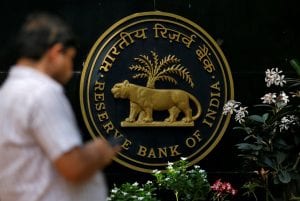






 Listen to the Article
Listen to the Article  Daily Newsletter
Daily Newsletter






